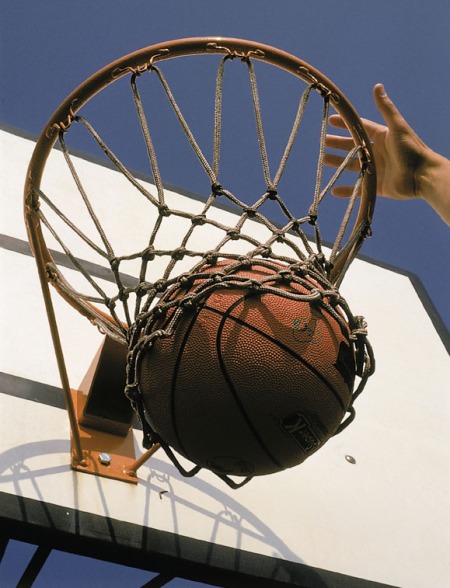 From a fourth place conference finish and being one of the “last four in” to being in the Final Four, Virginia Commonwealth University’s maddening March run through the NCAA Tournament has captured the biggest headline from college basketball’s biggest event.
From a fourth place conference finish and being one of the “last four in” to being in the Final Four, Virginia Commonwealth University’s maddening March run through the NCAA Tournament has captured the biggest headline from college basketball’s biggest event.
While many tend to overplay the sentiment that “sports can teach you lessons about life,” there’s certainly a life lesson to be learned from VCU’s unlikely success through its five-game gauntlet of NCAA Tournament games.
In the hours that followed the release of the NCAA Tournament bracket, the Selection Committee was criticized for its inclusion of VCU, which had lost its last four regular season games and finished just fourth in the Colonial Athletic Association. Pundits, particularly those employed by ESPN, held nothing back in their criticism of VCU’s inclusion.
Commentators said the decision to select VCU was “horrible”, “indefensible”, “failed the laugh test” and one likened VCU and UAB to Rosanne Barr while comparing Colorado, which was left out of the tournament, to Scarlett Johansson.
The sports blog Awful Announcing features a compilation of videos of sports commentators criticizing the Committee’s inclusion of VCU. The Rams used that criticism as motivation, in particular a comment from ESPN bracketologist Joe Lunardi, who said of VCU: “They can’t guard me.”
But the Rams didn’t let what others said they couldn’t do affect what they believed they could do.
“When you have a belief in each other and a belief in your coaching staff anything like this can happen,” VCU point guard Joey Rodriguez said.
In fact, just prior to tipoff against No. 1 seed Kansas Sunday in the Elite Eight (a game VCU won 71-61), Rodriguez was told by a Kansas player, “You guys have had a good run, but now it’s over.” But the Rams’ confidence and belief didn’t waiver.
“Once again, we felt like nobody really thought we could win going into the game,” said 33-year-old VCU coach Shaka Smart. “But these guys believed we could win. They knew we could win. We talked before the game about how nobody else really matters, what they think. That’s our theme throughout the NCAA Tournament since we were selected. Our guys have done a phenomenal job putting all the doubters aside, putting all the people that didn’t believe in us aside and going out and doing their job.”



 Posted by mattbrann
Posted by mattbrann  Dr. Richard Lapchick is a forerunner in the fight for racial equality in sports and “the racial conscience of sport.” He co-authored the books 100 Pioneers: African-Americans Who Broke Color Barriers in Sport, 100 Trailblazers: Great Women Athletes Who Opened the Doors for Future Generations, 100 Campeones: Latino Groundbreakers Who Paved the Way in Sport, and 150 Heroes: People in Sport Who Make This a Better World. All four books are published by Fitness Information Technology and are available at
Dr. Richard Lapchick is a forerunner in the fight for racial equality in sports and “the racial conscience of sport.” He co-authored the books 100 Pioneers: African-Americans Who Broke Color Barriers in Sport, 100 Trailblazers: Great Women Athletes Who Opened the Doors for Future Generations, 100 Campeones: Latino Groundbreakers Who Paved the Way in Sport, and 150 Heroes: People in Sport Who Make This a Better World. All four books are published by Fitness Information Technology and are available at 

 It happened exactly 38 years ago to the day, but even two generations later, the mere mention of the gold medal basketball game between the United States and the Soviet Union at the 1972 Munich Olympics still evokes highly emotional responses from both sides.
It happened exactly 38 years ago to the day, but even two generations later, the mere mention of the gold medal basketball game between the United States and the Soviet Union at the 1972 Munich Olympics still evokes highly emotional responses from both sides.
